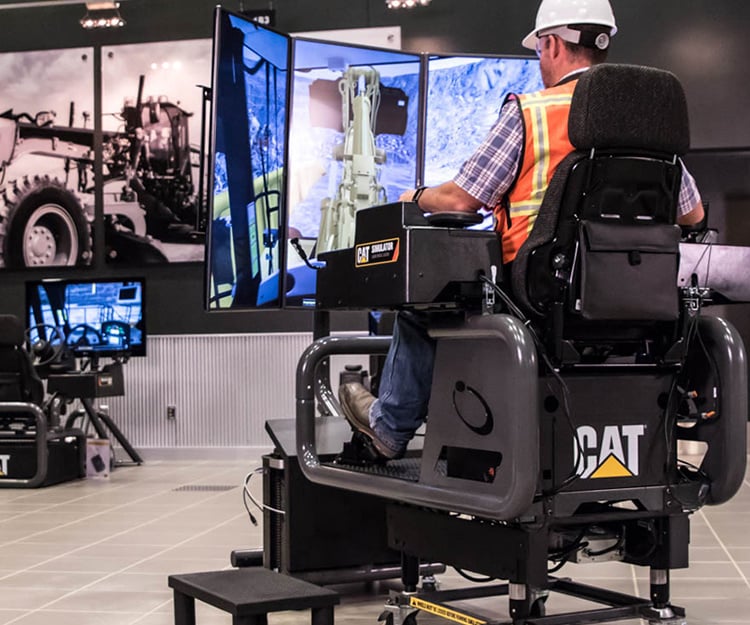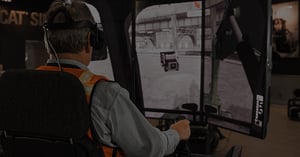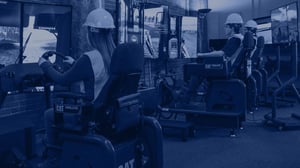What is haptic technology?
Haptic technology is all about engaging the sense of touch to communicate with users through tactile feedback. This feedback is generated by haptic devices, which use various mechanisms to create physical sensations that convey information. When you experience a vibration or a slight tug on your smartphone after holding down an app, that’s haptic technology at work—your device is communicating with you through touch, signaling that the app is ready to be moved.
Haptics go beyond smartphones, finding applications in many everyday devices. Game controllers, for instance, use vibrations to enhance the gaming experience by simulating the feeling of action within the game. Smartwatches also utilize haptics, delivering subtle taps on your wrist to alert you to notifications or reminders.
But the potential of haptic technology extends far beyond consumer electronics. In virtual reality (VR), haptics are used to create a more immersive experience, allowing users to feel interactions within a digital environment. In the medical field, haptic feedback is increasingly used in training simulators, enabling surgeons to practice procedures with realistic tactile sensations, which improves skill and precision before they operate on real patients.
Whether it's enhancing entertainment, improving communication, or aiding in professional training, haptic technology is transforming how we interact with the world around us. It's a powerful tool that bridges the gap between the digital and physical worlds, making experiences more intuitive and engaging.
How D-BOX uses haptics
Our team of haptic designers and developers have dedicated more than 350,000 hours crafting a library of 65,000 unique haptic effects. These effects are designed to elevate immersion by engaging the skin, muscles and balance of users through synchronized movements, vibrations, and textures perfectly in sync with the content or software.
Every one of those 65,000 effects have been hand-coded by our expert team, and they hand code each piece of content that comes their way. They carefully match the right tactile sensations to each moment, ensuring that the haptic feedback enhances the experience. It’s a human-first approach that brings a high level of realism and immersion to our technology, whether in entertainment or professional applications. Every piece of content is transformed into an interactive experience, allowing users to feel more connected to the action.
This dedication to perfection is what makes D-BOX’s haptic feedback not only precise but deeply engaging, creating experiences that resonate on both a physical and emotional level.
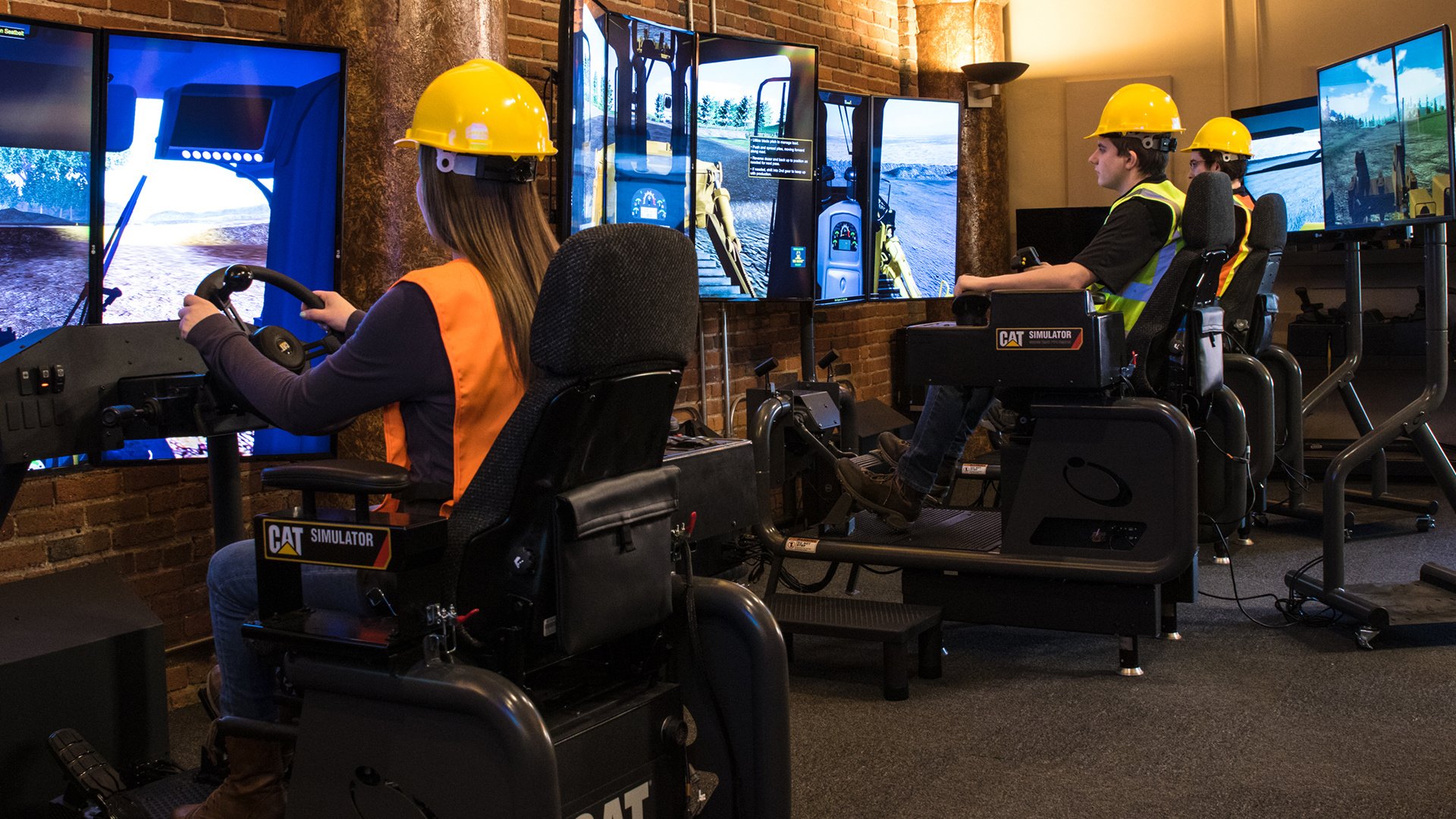
All about movements, vibrations and textures
The secret behind D-BOX’s immersive experiences lies in the combination of movements, vibrations, and textures, which work together to create a highly realistic training environment.
Movements are essential in guiding users through different directions—forward, backward, left, right, up, or down—in perfect sync with the action they’re viewing. For example, if someone operating a construction vehicle makes a sharp left turn, the movement of the seat will mirror that motion, enhancing the realism.
Vibrations play a key role in amplifying moments of intensity and delivering details. These rapid, subtle pulses can simulate the rumble of heavy machinery, such as the steady vibrations of an engine, making every moment feel more authentic.
Textures add another layer of detail by letting users feel the difference between various surfaces, such as grass, sand, or pavement.
Together, these physical sensations make for more effective training by replicating real-world conditions. Movements simulate the spatial orientation needed to handle equipment, vibrations offer crucial feedback on machinery operation, and textures provide detailed environmental context. By engaging all three, users gain a comprehensive understanding of the equipment and conditions they may face out in the real world.
Additionally, D-BOX’s haptics can also reduce motion sickness. A study done by Tech3Lab showed that while 18.6% of simulation users initially experience discomfort, that number drops to just 3.8% with D-BOX's precise motion feedback. This is because when ultra-realistic motion is added to the simulation, the brain is ‘tricked’ into aligning the body’s physical sensations with what is happening on-screen, reducing the disconnect that causes motion sickness.
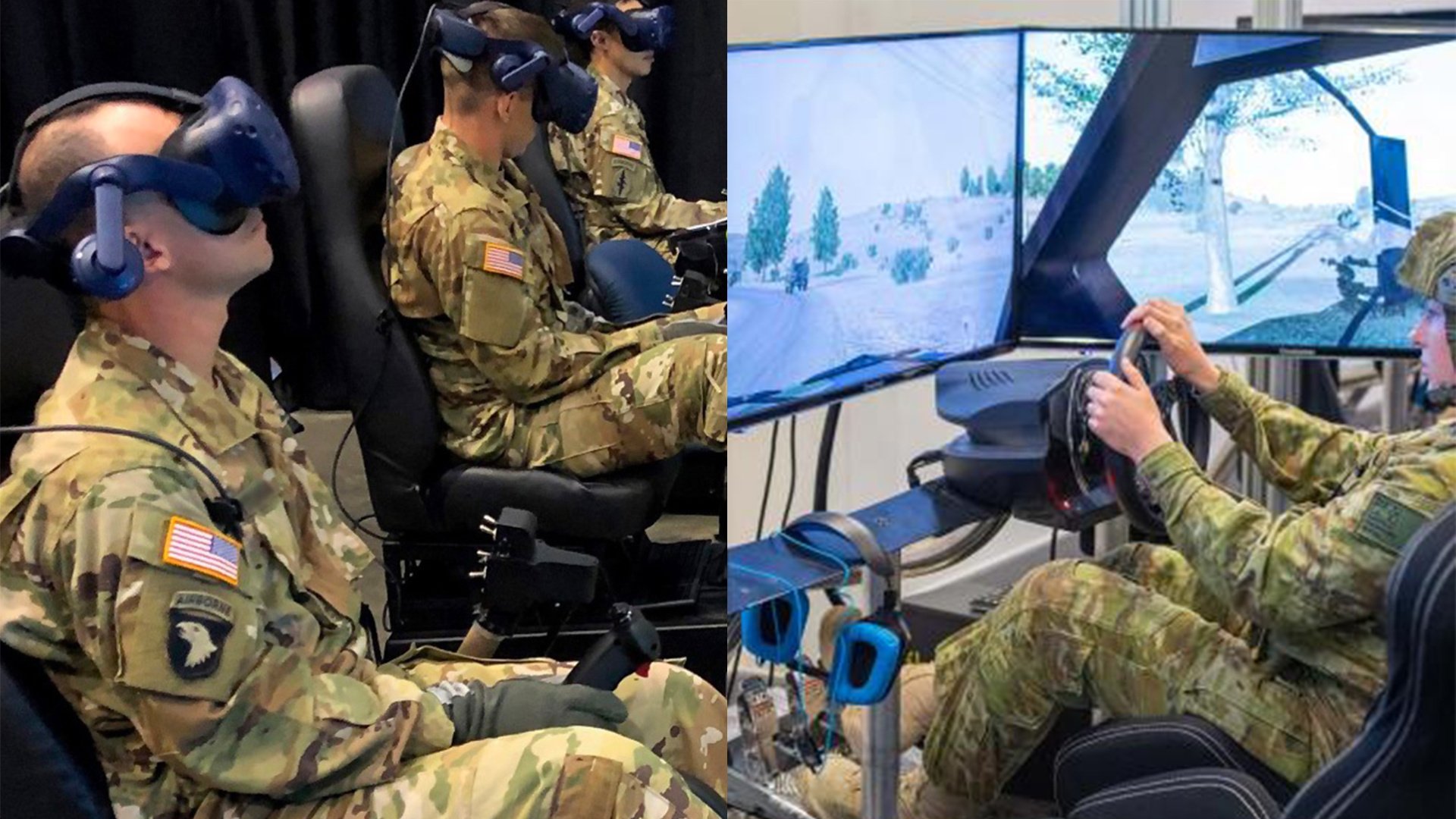
How D-BOX uses haptics for professional simulation & training
D-BOX’s haptic technology is ideal for industries that require highly realistic, immersive training environments such as aviation, military, construction, heavy machinery, emergency response training and more.
Our haptic systems are designed to replicate real-world conditions with remarkable accuracy. Whether it’s the turbulence felt by a pilot, the rumble of heavy machinery on a construction site, or the physical sensation of emergency responders moving through hazardous environments, D-BOX’s haptics allow trainees to feel the intensity of their training scenarios. This heightened realism plays a crucial role in improving preparedness, helping trainees to react more quickly and make better decisions in high-pressure situations.
The key to D-BOX’s success lies in the integration of training software’s telemetry data with hand-coded haptic effects. This combination ensures that every movement, vibration, and texture is in perfect sync with the simulation, offering an incredibly lifelike experience. Our in-house haptic developers carefully craft these effects, creating an immersive, responsive environment that enhances the overall training experience.
By incorporating D-BOX haptics into simulation and training programs, organizations can better equip their teams with the skills and reflexes needed to handle critical situations, ultimately leading to more confident, capable professionals.
Benefits of D-BOX haptic technology for professional simulation
Other than providing an ultra-realistic training environment, one of the key benefits of using haptics in training is the cost savings. D-BOX’s haptic systems reduce the need for expensive on-site training and minimize the risk of costly, real-world mistakes. The highly realistic, immersive environments allow trainees to gain hands-on experience, significantly improving the transfer of skills from the training ground to the job site.
Another major advantage is the ability to safely simulate dangerous scenarios. With D-BOX, trainees can practice high-risk tasks in a controlled, virtual environment without real-world consequences. This enhances safety and speeds up learning, as trainees can repeat tasks until they master them, and allows them to do so in a more learning-friendly, stress-free environment.
On top of that, D-BOX systems are easy to implement, highly durable, and require minimal maintenance, making them a cost-effective, reliable solution for any training program.
As said by Ray Bedard—founder of pilot training school True Course Simulations, who uses D-BOX haptic technology to revolutionize the way pilots learn— “it truly doesn’t get better than that.”

